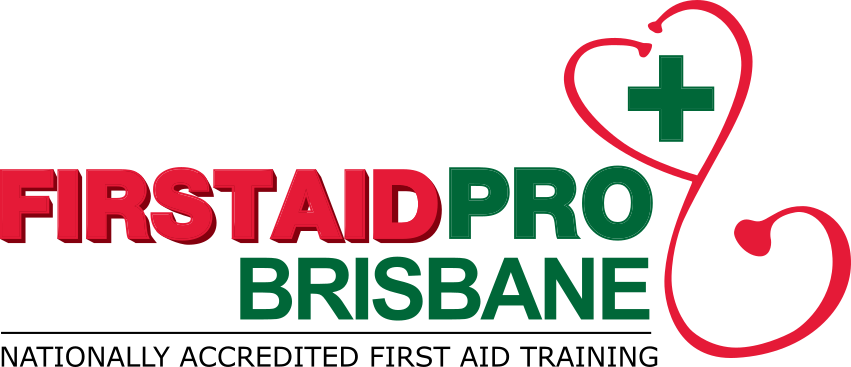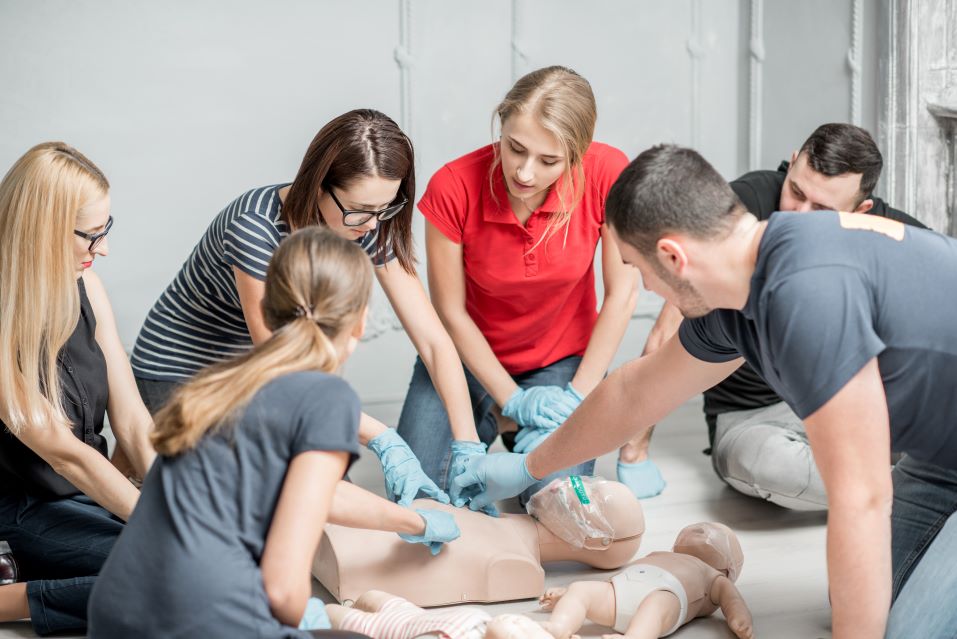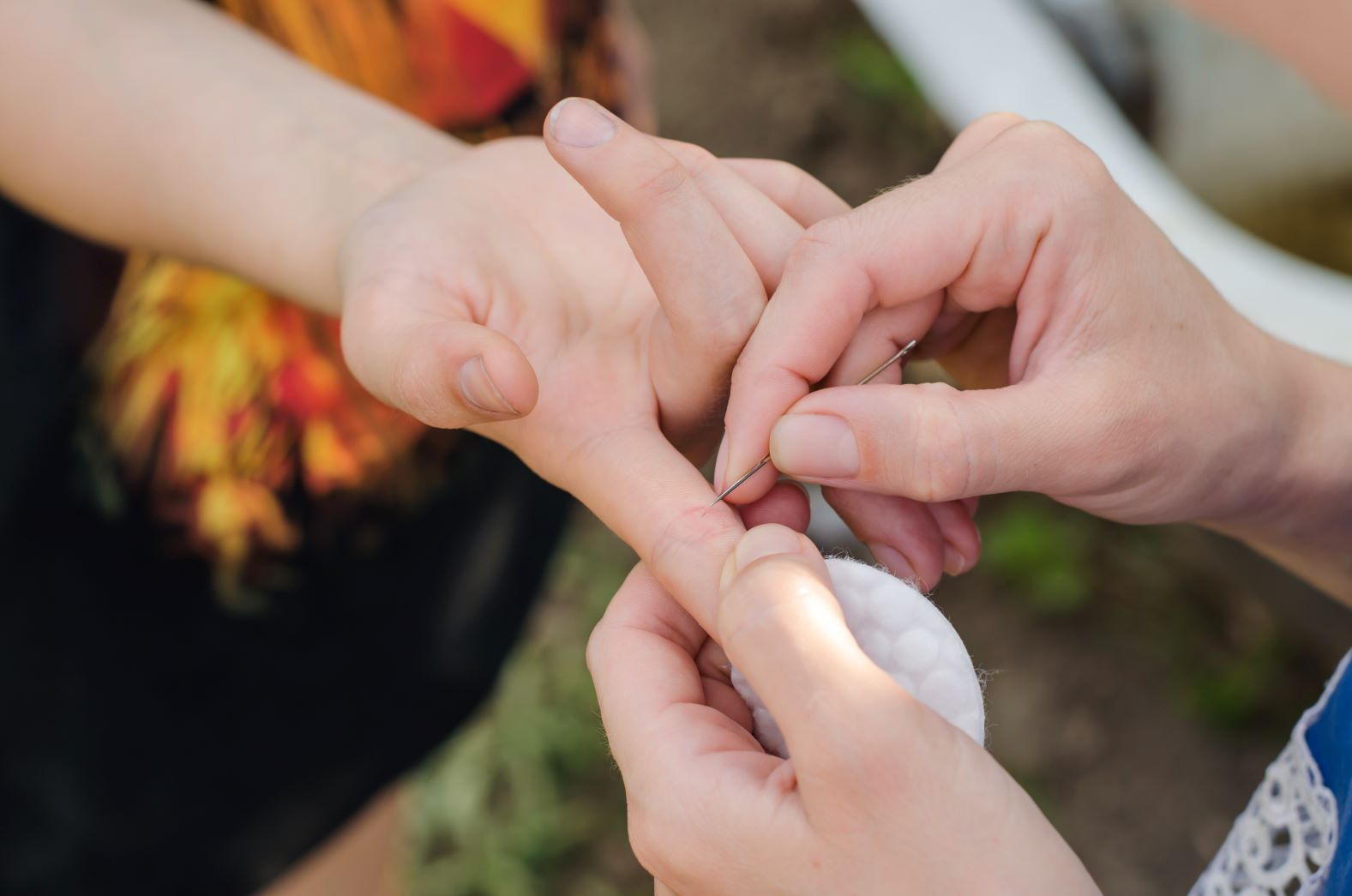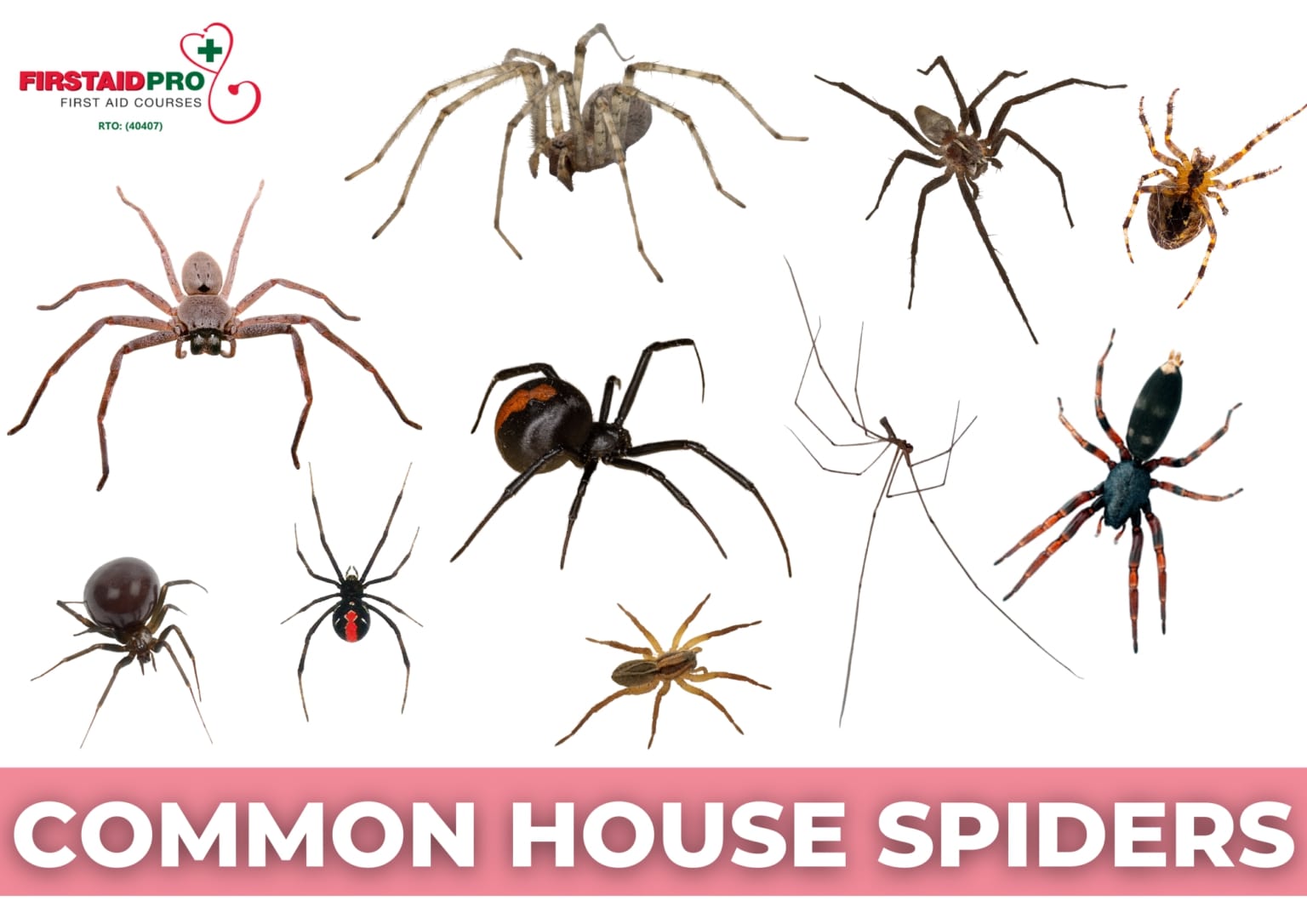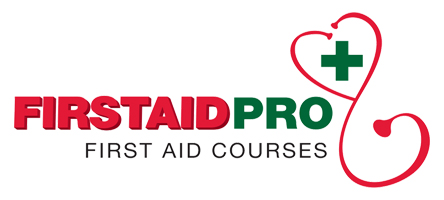How to Recognise and Treat Frostbite: Frostbite is a cold weather injury that can cause serious damage to the skin and underlying tissues. If left untreated, it can even lead to amputation. That’s why it is crucial to know how to recognise the early signs of frostbite and provide prompt first aid care.
Do not let cold weather hazards catch you off guard – read on to stay safe and prevent frostbite.
What To Know About Frostbite?
Frostbite is an injury that occurs when the skin and underlying tissues freeze due to exposure to cold temperatures. It typically affects the fingers, toes, nose, ears, cheeks, and chin, as these areas are most vulnerable to the cold.
Frostbite can cause various symptoms, from mild numbness and tingling to severe pain, discoloration, and even tissue death. In extreme cases, frostbite can lead to gangrene, which can require amputation.
In Australia, frostbite is a relatively rare occurrence, as the country has a predominantly warm climate. However, frostbite can still occur in certain regions during the colder months, particularly in alpine areas and high-altitude regions. Despite the relatively low risk of frostbite in Australia, it’s still important to take precautions when spending time in cold weather.
If you experience frostbite symptoms, it’s important to seek medical attention as soon as possible to prevent complications and ensure proper treatment. With the right precautions and knowledge, you can stay safe and healthy even in the coldest climates.
Signs And Symptoms
In the early stages of frostbite, you may experience tingling or numbness in the affected area. The skin may appear white or pale and may feel cold or firm to the touch. As frostbite progresses, you
-
- Skin color changes: Affected skin may appear white or grayish-yellow and may feel hard or waxy to the touch.
- Numbness or tingling: The affected area may feel numb, tingly, or prickly.
- Swelling: The affected area may become swollen and may feel stiff or achy.
- Blistering: Fluid-filled blisters may develop on the affected skin, particularly after it begins to warm up.
- Pain: The affected area may feel painful, throbbing, or burning, particularly when re-warming.
- Difficulty moving or using the affected area: In severe cases, the affected area may become immobile, making it difficult to move or use.
It’s important to note that the severity of frostbite can vary depending on the extent of the exposure to cold temperatures, as well as the individual’s age, health, and other factors. Mild cases of frostbite may resolve on their own with basic first aid, while more severe cases may require medical attention and even surgery in extreme cases.
If you suspect you or someone else may be experiencing frostbite, it’s important to seek medical attention as soon as possible to prevent complications and ensure proper treatment.
First Aid Guide: Frostbite
When treating frostbite, taking immediate action is important to prevent further injury and promote healing. Here are the first-aid steps to follow when treating frostbite:
Move To A Warm Area: If possible, move the person to a warm and dry area as soon as possible to prevent further exposure to the cold.
Remove Wet Or Tight Clothing: Remove any wet or tight clothing from the affected area to allow for better blood flow and re-warming.
Re-warm The Affected Area: Gently re-warm it by immersing it in warm (not hot) water or applying warm compresses. Do not use direct heat, such as a heating pad or hot water, as this can cause burns and further tissue damage.
Keep The Person Hydrated: Offer warm fluids, such as tea or soup, to warm the body and prevent dehydration.
Do Not Rub Or Massage The Affected area: Rubbing or massaging the affected area can cause further damage to the skin and tissues. Instead, gently elevate the affected area to reduce swelling and promote healing.
Seek Medical Attention: If the affected area does not re-warm or if blisters or blackened skin develop, seek immediate medical attention.
With prompt first aid and proper medical treatment, many cases of frostbite can be successfully treated and prevented from becoming more serious.
When To Seek Help?
While mild cases of frostbite can often be treated with basic first aid, more severe cases may require further medical attention. Here are some signs that indicate you should seek further medical help for frostbite.
-
- The affected area remains numb, painful, or discolored after re-warming.
- Blisters or open sores develop on the affected area.
- The affected area becomes black or purple, indicating tissue death.
- Developing fever or other signs of infection, such as redness, swelling, or discharge from the affected area.
- Having a pre-existing medical condition that affects your circulation, such as diabetes or peripheral arterial disease.
- Experiencing symptoms of hypothermia (such as shivering, confusion, or difficulty speaking).
Seeking further medical help after providing first aid for frostbite can help ensure that the person receives proper treatment and prevent complications that can lead to permanent damage or disability.
Learn First Aid
Taking a first aid course will help you learn how to recognise the signs of frostbite, provide immediate care, and take steps to prevent further injury.
Having these skills allows you to protect yourself and others from the potentially devastating effects of frostbite, hypothermia, and other cold weather injuries.
Take the initiative to enroll in a first aid course and be prepared for any emergency that may come your way.
Check Brisbane First Aid Courses for upcoming courses near you.
